Water scarcity affects not only Mexico but many other nations worldwide.
And as the population in Mexico grows, it’s important to consider that many towns and cities with a sudden surge in newcomers might not have the proper infrastructure to support all the new water usage.

The states with the most water scarcity in Mexico are CDMX, Baja California Sur, Nuevo León, Coahuila, Jalisco, Sonora, Sinaloa, Zacatecas, and Aguascalientes.
However, it doesn’t mean that other states don’t have water shortages occasionally, especially during drought seasons.
Regardless of where you live, water scarcity is something you should consider when thinking of living in Mexico. I don’t want to scare you into thinking you’ll be waterless or that you should stop your plans to move to Mexico. Instead, I want to give you the tools and tips to help you avoid any surprises.
So here are some tips to help you avoid surprises with water scarcity in Mexico.
Conserve Water
First and foremost, the most important task is to conserve water.
That means avoiding wasting water at home and only using the water you need. Water scarcity in Mexico can be avoided by taking shorter showers, having a water-saving toilet, using appliances that do not waste resources, and never leaving the water running without being used.
For example, it’s a common practice in Mexico for businesses or houses to clean their sidewalks and/or streets with water and soap. But this is very wasteful.
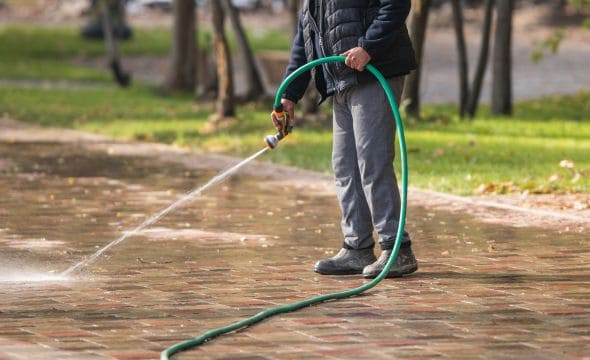
Avoid doing the same.
I would even go as far as explaining to a house cleaner (if you have one) why you don’t want to wash your driveways or sidewalks with water. Instead, they should save water this way. Instead, they can do a dry sweep.
A culture of conserving and saving water at home is the first solution to avoiding water scarcity in Mexico.
Leaks
Report water leaks. Surely, you have found yourself in the city or town you live in with open pipes, fixtures, or drips through which hundreds of liters of water come out daily.
The government is obligated to act and repair these leaks, but it is up to locals who notice a leak and report it since sometimes they can go unnoticed for a long time.

Every state has a different entity that manages the water for various cities. So I recommend you familiarize yourself with these authorities and know how to report a water leak. The best way to search for this information is to google “reportar fuga de agua en (name of city).” the search results will give you numbers and, in some cases, online portals to report a public water leak.
However, if you’re home and the leak is in your home, you are responsible for fixing the leak and calling a plumber.
To detect leaks, it’s important to regularly check your pipes and faucets for any signs of dripping or moisture. You can also check your water meter to detect any increase in water consumption that does not have an obvious explanation.
Please keep in mind this article is for information purposes only. I am not a water environmentalist, nor should this blog be taken as an environmental study.
Store Your Own Water
To avoid being caught by surprise because of water scarcity in your city or area, I recommend you save the amount you need to use your home or business in a water tank known as a tinaco or a cisterna– an underground water collection space.
You will have to call a company aka “pipas” to come and fill your cistern or tinaco.
Be careful, though. You can’t store water in just any container. It has to be a special container that avoids water contamination which would cause your loss to be greater.
Tinacos, like Rotoplas water storage tanks, are made with materials that do not rust or corrode, so your water will always be clean. These water tanks are easy to install and do not require extra maintenance, making them a very convenient option for your home or business.
Cisterns are tanks that need to be built underground and are usually built before a house is built.
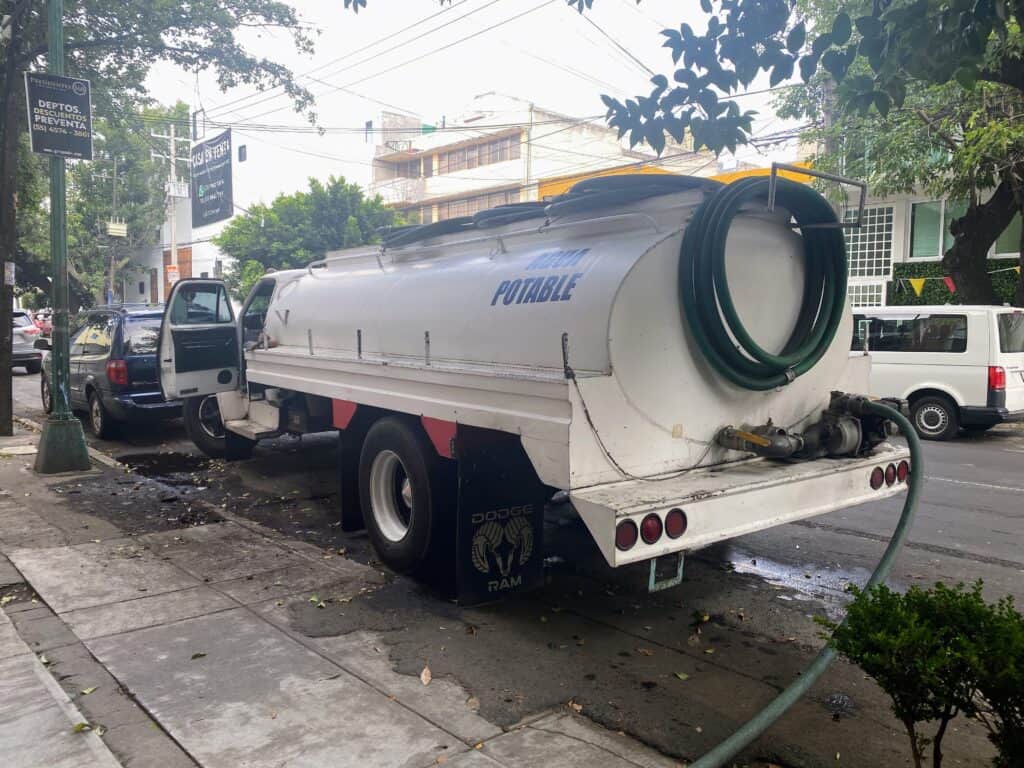
Whether you have a tinaco or a cistern, keeping an eye on your water levels or setting up a digital scale is important. That way, you can call a company to fill your tanks with water before you accidentally run out.
When buying or renting a house in Mexico, one of your first questions should be how you get your running water. If the Municipio is in charge of providing it to you, consider installing a tinaco or cistern if there isn’t one. That way, you always have a backup plan.
If there is a tinaco on the property, ask how long ago it was cleaned. Or better yet, ask if you can see inside to check its condition. The water should look clear, and there shouldn’t be any algae or noticeable dirt.
Additional Reading- The Questions You Should Ask BEFORE Renting in Mexico
Save Rainwater If Possible
Fortunately, water is a natural resource that we can obtain from the environment. One way to take advantage of it is to collect rainwater, which is part of its natural cycle.
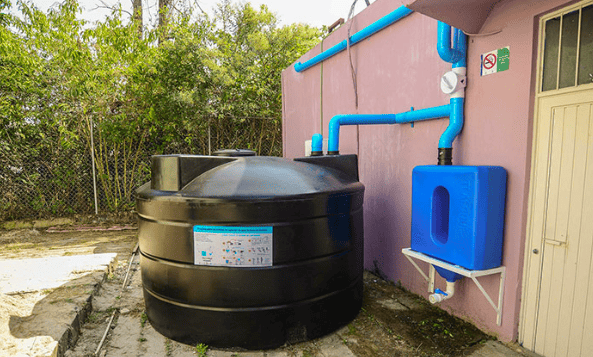
Especially if you live in a rural community where the local authority doesn’t solve water leaks immediately.
And even if you live in a city, collecting rainwater in Mexico is still a good idea to avoid water scarcity. There are dozens of companies with rainwater collecting systems designed to collect and store rain. These rain barrels are easy to install if you have a dedicated space outside to collect rainwater.
Rainwater collection could be a great way to solve water scarcity since you’ll have access to good quality water to do household chores anytime.
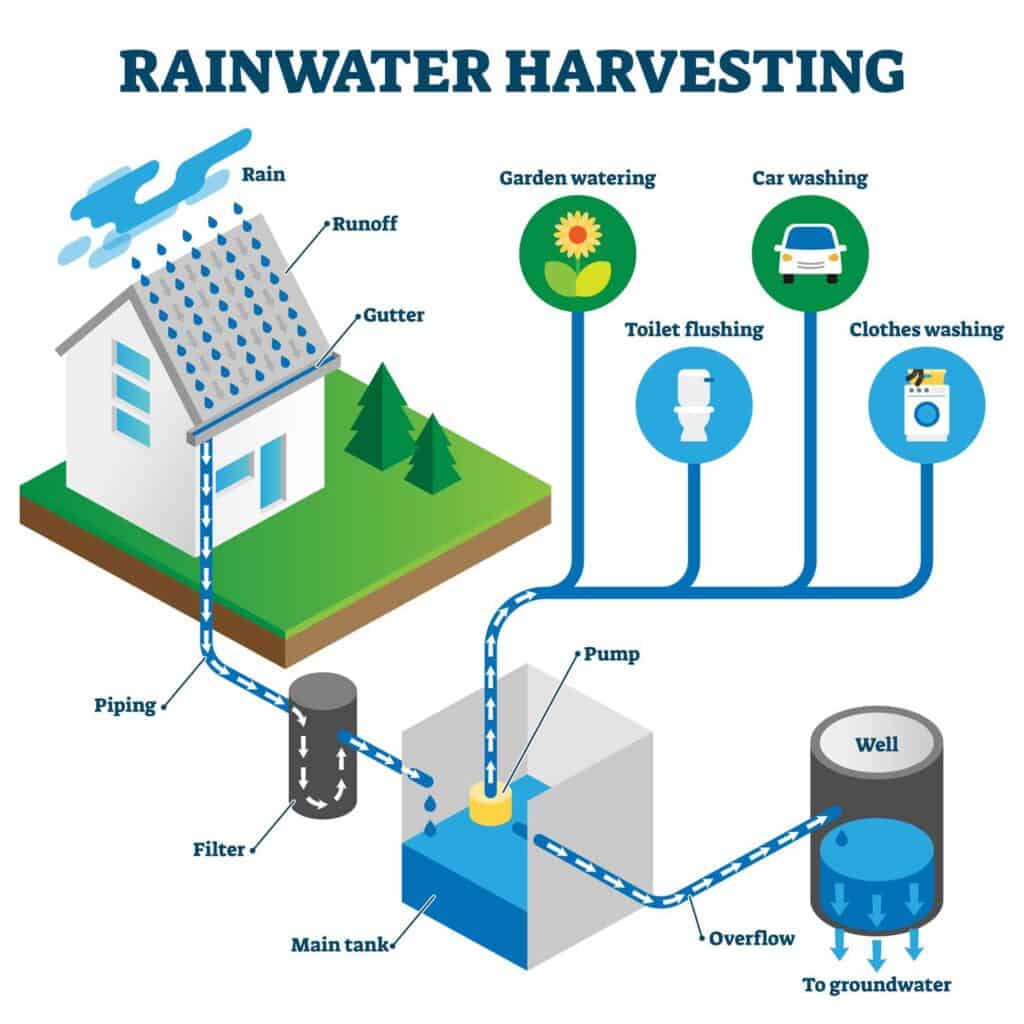
Just keep in mind that holding water over long periods of time also creates larvae and, eventually, mosquitos. Whatever rainwater you are not immediately using, drain from your rainwater container.
Be More Environmentally Friendly
The natural phenomenon of rain is a part of the water cycle. However, its proper functioning relates to other natural phenomena that allow life to exist.
And we must all take care of the environment to ensure that these cycles continue to function, as phenomena such as the greenhouse effect and global warming are causing changes in these cycles, causing changes in temperature and resulting in droughts and other problems.
Part of that is knowing that everything surrounding us is part of a chain and that altering one piece can affect the entire system. Therefore, to improve water scarcity in Mexico, we should try to have a country without contamination.
Reducing our environmental impact is essential to make an impact. Some other ways to be more environmentally safe are:
- Instead of using a car, walk, bike, scooter, or carpool.
- Save electricity
- Recycle and reuse water. If you wash your car, use the same water to water plants.
Buying Potable Water
Most municipalities in charge of providing their townspeople with water do not treat their running water. And since 70% of Mexico’s rivers, lakes, and dams have some form of contamination, it’s a good idea not to drink the water from your faucets.
This means the water you get from the faucet or shower isn’t potable unless you have a water filtration system.
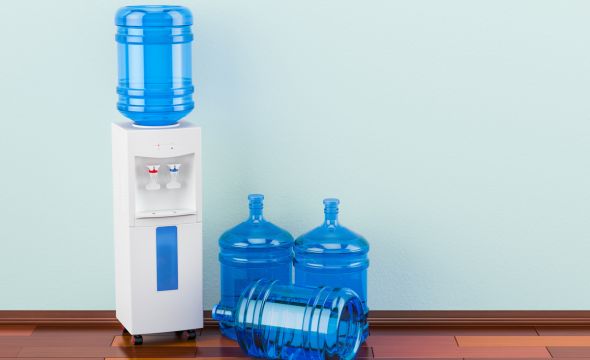
However, most people buy potable water in Mexico for everyday cooking, drinking, and ice-making. There are dozens of companies in each city that all do home delivery. It’s common for you to buy a “garrafon” which is a 5-gallon/19 Litre container of purified water.
Some people go as far as only brushing their teeth with purified water, but that is a personal choice, and considering you are not swallowing, there is little to no harm in brushing your teeth with regular water from the faucet.




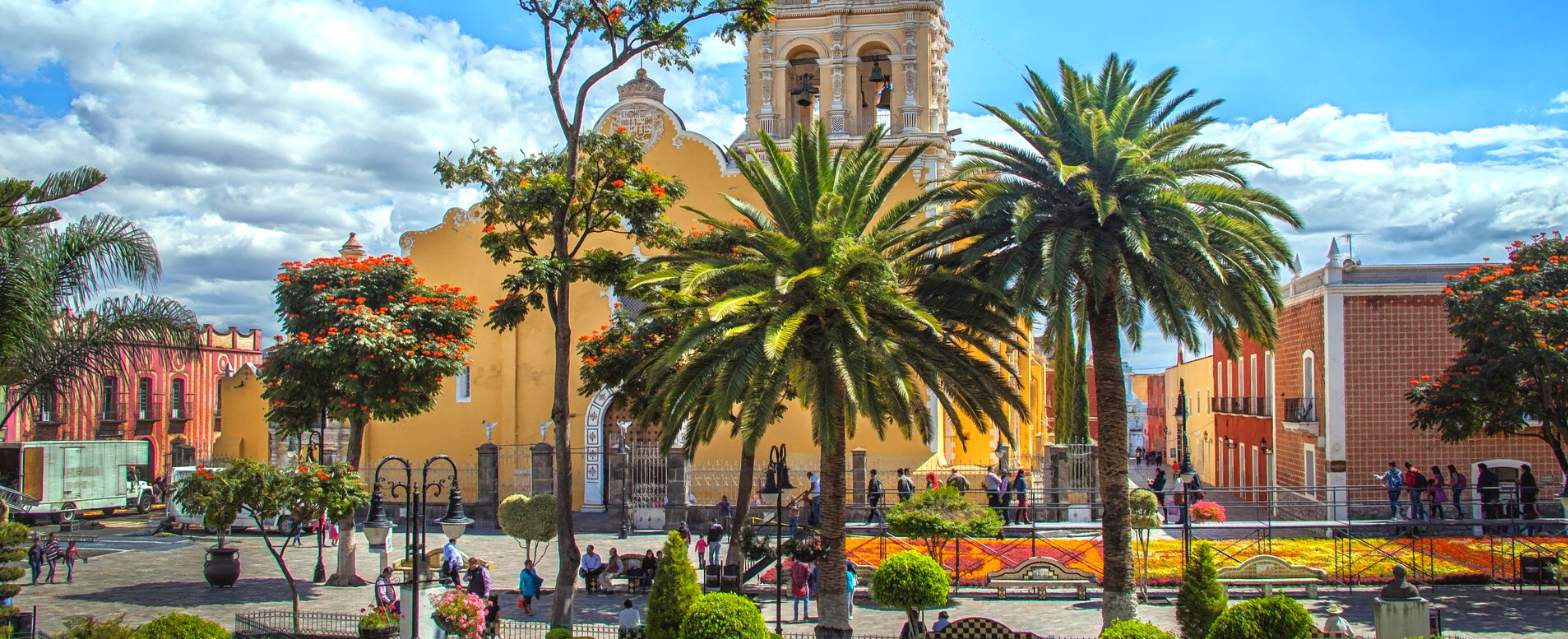

Thank you for this. As a Water Conservation specialist, I am glad to see this article to help educate folks.
Thanks!
Mariana,
Thank you so much (muy amable) for sharing this article!
TBH water in MX it’s usage / storage etc. has been top-of-mind for me.
That said, in my view, this article is “pure gold!” (priceless – as, after-all water and air are THE primary sources of ALL life forms – to include flora and fauna)
~Jeff
Plano TX
#MXorbust2027 🙂
Good article!! Good info for EVERY country!!!!!
Agree- it’s not only Mexico that has water issues. Thanks for reading
Great article Marianna, Thanks
Hi Mariana,
Do you have any info or recomondations on how to install a water filtration system?
I buy the 5 gallon jugs for my airbnb guests & for myself but i hate to use so much plastic. Thank you for this great article
It all depends on where you live. But every major city has a home depot and an instalation center that can help you install a filtration system in your house. However, you have to be very good about changing the filters. If you get the garrafones from a company that comes to deliver, they recycle that plastic so you don’t throw it away